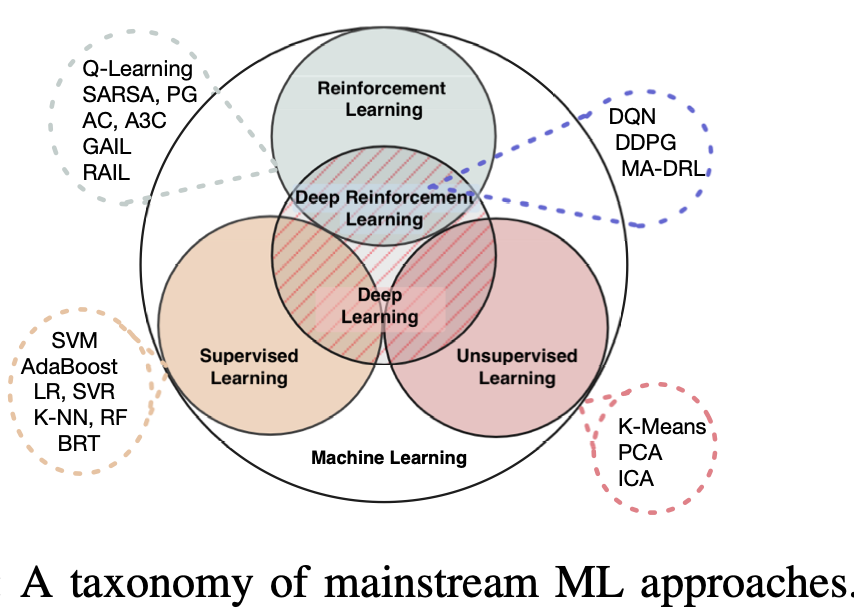Abstract
The continuous increase in the population has put a considerable strain on the transport system worldwide resulting in large social, environmental, and economic costs. Intelligent Transport Systems (ITS), which are based on information and communication technologies (ICT), can assist in focusing on issues such as traffic management, infrastructure management, and security, as well as improved driver safety and logistics support for transportation operations. This article specifically focuses on the machine learning and deep learning aspects of the Intelligent Transport System and how the machine learning models and deep neural networks help in intelligent transport systems.
What is an Intelligent Transport System(ITS)?
The ITS is basically an intelligent transport management system which helps in reducing accidents and provides a better way to manage traffic as in today's world there are many vehicles on the road which if not managed can be very dangerous. There are many technologies that are implemented and some of them are on their way to being implemented and a few are planned and are been working on. The current technologies involve, CCTV’s which help the traffic management staff to have a real-time look at the traffic and watch for accidents, vehicle detection is another technology that warns the system about any vehicle or obstruction in the way there are some ongoing systems which are yet to be implemented, those include a crosswalk detection software which works on the same principle as the vehicle detection system and also the Bluetooth technology in cars which can be used to detect the speed of the vehicle which can be used for the safety of the vehicle as well as the pedestrians on the road. One of the path-breaking technology includes the signal coordination software in this system the signals upstream and downstream which coordinate with each other to improve the traffic flow which in turn increase the fuel economy and lowers the cost of traveling.
Machine Learning
Machine Learning(ML) is an area of computer science that focuses on the intelligence of machines performing human-like tasks. Some of the mainstream ML approaches are Supervised Learning (SL), Unsupervised Learning (UL), Reinforcement Learning (RL), and Deep Learning (DL).

Deep Learning
Deep learning (DL) is a subset of AI in which the learning system is completed utilizing numerous layers of stacked boundaries. These boundaries are part portrayals of numerous angles that can impact the organization's result. Each layer has numerous neurons which correlate to the neurons in the brain, that store boundary loads. Each layer's input is multiplied by these parameters, and the output is a representation of each parameter's impact on the input. A nonlinear function like the tanh, sigmoid, or amended straight capacity is generally utilized to develop the yield layer after each layer or a few layers of neurons. This load of layers joins to shape a Deep Neural Network (DNN). Applications of Deep Learning in ITS The prediction of traffic attributes is one of the most broadly thought about employments of Deep Learning in transportation. Information on traffic attributes can help drivers make better route choices and traffic control organisations manage traffic more effectively. Results from one dataset are challenging to generalise to other datasets since driving behavior and traffic factors vary by location. Previously, parametric and statistical methods such as autoregressive integrated moving average (ARIMA) modeling were employed to predict traffic features, but these methods were often ineffective at predicting irregular traffic flows. Nonparametric methods are now being employed in the behavioral prediction of traffic to obtain improved accuracy, thanks to the introduction of machine learning and, more specifically, DL methods. First attempts in the prediction of traffic characteristics include deep belief networks (DBN), to achieve more accuracy the weather data has also been used with the traffic data to predict traffic data more accurately. However, due to irregular characteristics of the traffic, several studies have been conducted to discover relationships between traffic parameters and RNN. For instance, a gated RNN unit was utilized to assess traffic stream according to climate conditions, while LSTM was used to deal with a similar test. Researchers have utilized LSTM to expect travel time and traffic stream while additionally considering climate factors. At last, to expect blockage in transportation network joins, we utilized a blend of deep RBM and RNN.
Some other applications of deep learning in ITS include
Vehicle identification --- A visual consideration model that forms an element map utilizing a mix of the most regularly utilized tones in tags separates information from plates utilizing a CNN model, lastly runs a SVM on the recovered information has been made to perceive tags utilizing DL models.
Traffic signal timing --- One of the primary errands of ITS administration dependent on numerous sorts of information is controlling traffic by means of traffic light lights. The findings of these studies have provided traffic authorities with logical models that utilize numerical techniques to settle this enhancement challenge. Displaying the elements of traffic to get the best exhibition has taken another way, thanks to current DL studies. This is due to the fact that the nature of RL has made it easier to apply in various research to determine the ideal traffic signal timing.








Add a comment